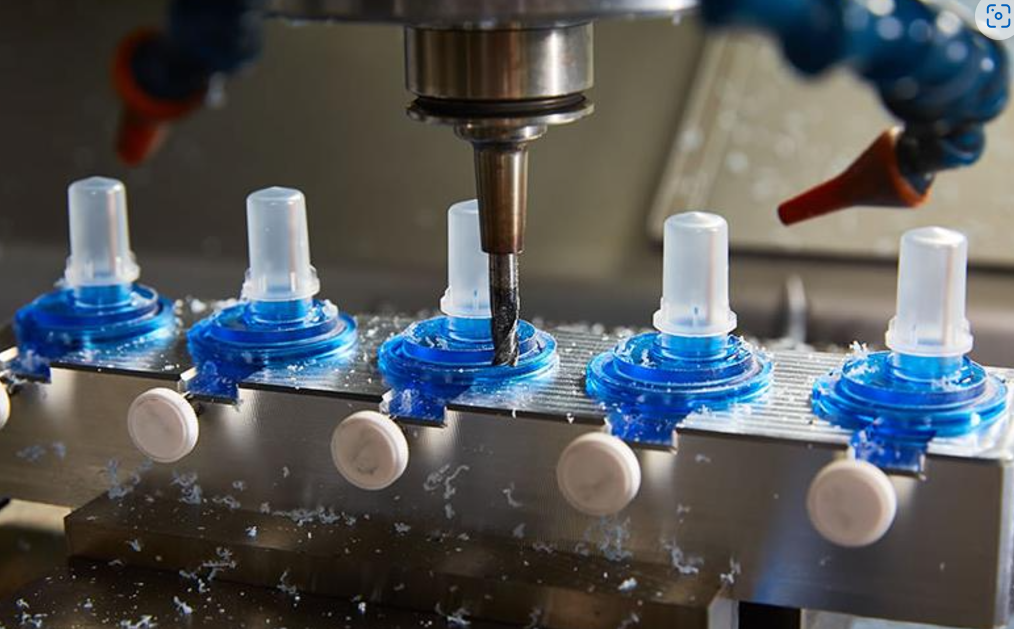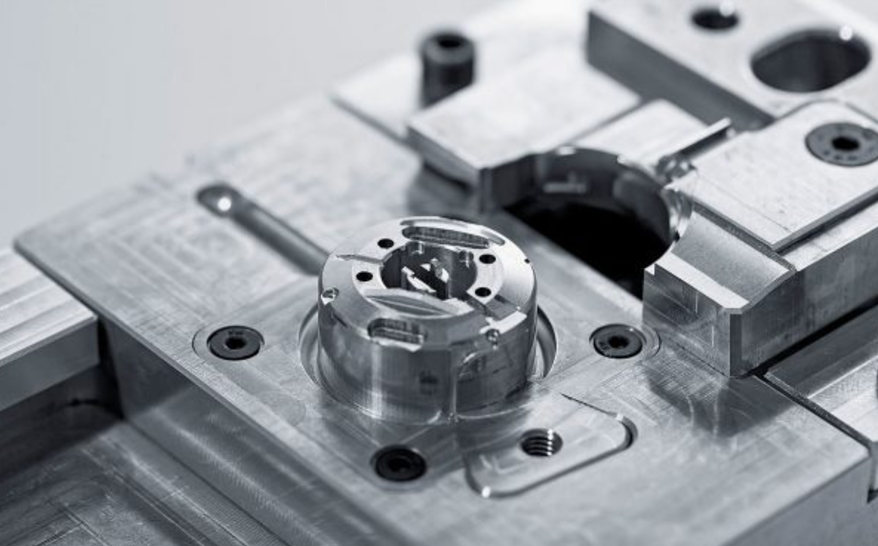In simple terms, rapid prototyping may transform the way you do business. Not only can using 3D printing in the development process reduce the time it takes to bring a new product to market, but it also saves money and time. This blog will show you how and why fast prototyping may help you develop new products.
Table of Contents
ToggleWhat is fast prototyping, and how does it work?
To put it simply, rapid prototyping allows you to get from a napkin drawing to a finished product in a short amount of time. Prototyping is a significant stumbling block in the product development process. Traditional prototyping workflows sometimes involve outsourcing the construction of each prototype, weeks of waiting, and a considerable financial investment for each successive iteration, independent of any updated or amended design modifications. Weeks between revisions may become days with fast prototyping, reducing months or years of conventional development cycles to weeks and bringing your new product to market in a lot more pleasant manner.
When it comes to 3D printing, additive manufacturing, and fast prototyping, what’s the difference?
These technologies are referred to in a variety of ways, the most common being “3D printing” or “additive manufacturing,” while “rapid prototyping” is also used. We delve into the technical jargon in this post for a more in-depth explanation, but in summary:
The terms 3D printing and additive manufacturing are frequently interchanged to refer to the same technologies. Additive manufacturing is a more industrial phrase that refers to high-end professional equipment used in applications ranging from prototype to final product production. 3D printing can refer to the layer-by-layer creation of an item or, more broadly, any use of this technology, ranging from amateurs using low-cost desktop systems to professionals using industrial machinery. Quick prototyping was one of the earliest words for these technologies aimed at the rapid manufacturing of prototypes in the 1980s. For a few decades, this app was synonymous with the technology itself.
Materials for rapid prototyping
Now that we’ve learned what fast prototyping is, here’s an excellent follow-up question: What hardware is available for quick prototyping with 3D printing?
The same technology may be used throughout the product development cycle when employing 3D printing, from prototype to production. This does not imply, however, that the same materials are always the best option. Cheap plastics are frequently the most excellent choice here when several iterations can be done in succession because the early phases of prototyping may focus more on speed and a rough notion than on the quality of the ‘final appearance.’ fairly quickly Each upgrade to the prototype may necessitate a higher-quality material. The choice of preparatory materials might assist cut costs by deferring more detailed alternatives until later.
Last Words
Low-cost material may be used with low infill and thicker layers during the early prototyping phases, lowering material costs and speeding up print time to generate a rough first sample of a new design. 3D printing can swiftly create a product that looks exactly like the end result you desire, whether it’s made of plastic or metal.







